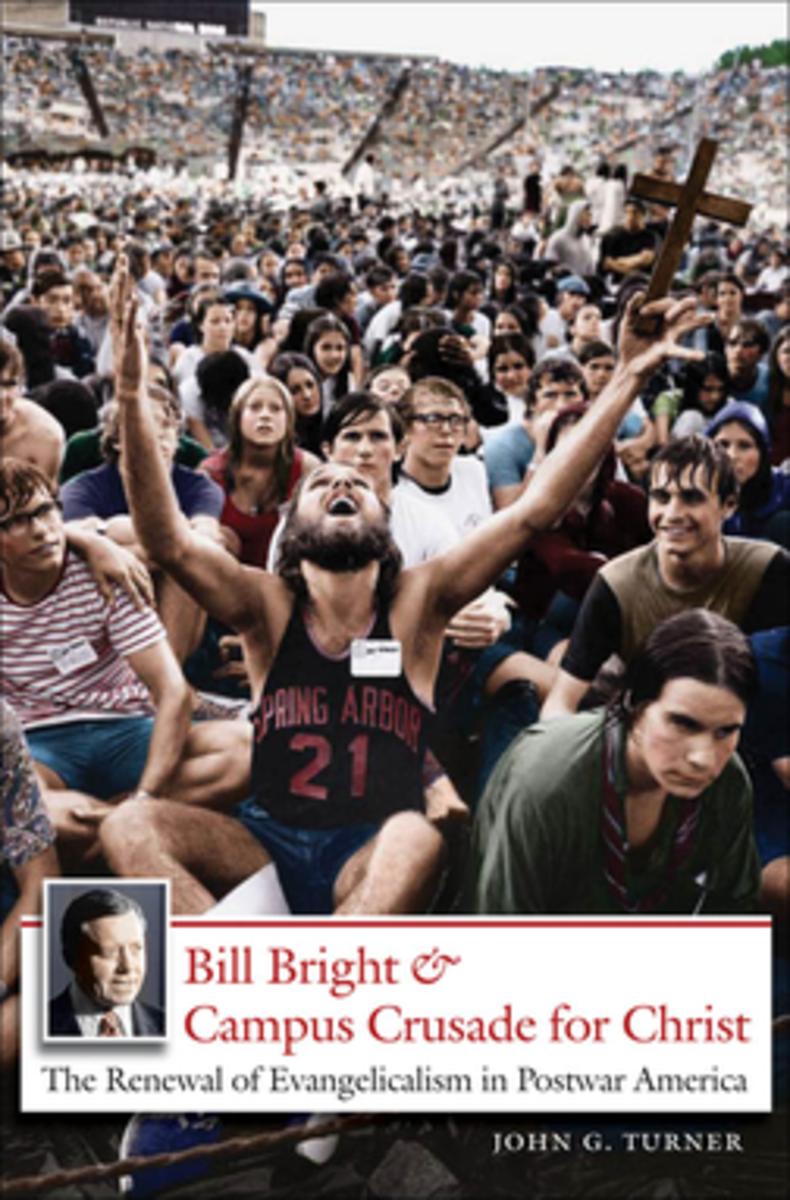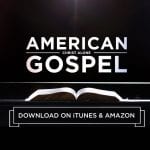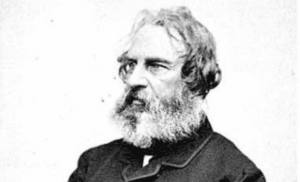This review was originally published in Themelios 35–1 (2010): 115.
John G. Turner is assistant professor of history at the University of South Alabama in Mobile, Alabama. He is a PhD graduate of the University of Notre Dame, where he completed his dissertation on Bill Bright under professor George Marsden. Bill Bright and Campus Crusade for Christ: The Renewal of Evangelicalism in Postwar America is his first monograph.
The text, winner of a 2009 Christianity Today book award, is a parallel study of Bill Bright and the parachurch organization he founded, Campus Crusade for Christ. In the field of modern evangelical studies, it finds itself in the company of such notable texts as Garth M. Rosell’s The Surprising Work of God: Harold John Ockenga, Billy Graham, and the Rebirth of Evangelicalism, John A. D’Elia’s A Place at the Table: George Eldon Ladd and the Rehabilitation of Evangelical Scholarship in America, and Barry Hankins’s Francis Schaeffer and the Shaping of Evangelical America. Turner finds Bright’s Campus Crusade a profitable avenue of study due to the important but oft-overlooked role parachurch organizations play in evangelical life. “It is difficult,” he argues, “to overstate the significance of parachurch organizations in contemporary American evangelicalism, as they structure and direct billions of evangelical dollars toward humanitarianism, political advocacy, and evangelism” (3).
Turner’s “mostly chronological history” of Crusade examines three major areas: the influence of evangelicals on the American college campus, the interaction between evangelicalism and politics, and the prevailing views of gender held by conservative Christians since 1945 (7–9). His study, mixing elements of biographical, institutional, social, and intellectual history, ultimately analyzes the interplay between evangelicals and the broader culture, showing how in prioritizing “only a small number of theological essentials,” Campus Crusade has “kept their gospel an attractive product in the marketplace of American religions” (12).
Summary
In chapter one, “God May Choose a Country Boy,” Turner surveys Bright’s early life. Educated in a one-room schoolhouse in Coweta, Oklahoma, in his childhood, Bright went on to Northeastern State College in Tahlequah. Active on campus-a harbinger of things to come, to say the least-Bright was nonetheless “reserved in personality and demeanor, suspicious of intellectuals from elite universities, and devoted to small-town ‘values’” (16). Seeking an acting career, Bright came under the tutelage of evangelical luminaries Henrietta Mears and Charles Fuller, host of The Old-Fashioned Revival Hour. He found Christ through Mears’s teaching and later enrolled at the fledgling Fuller Theological Seminary after hearing a stirring address by Harold John Ockenga, Fuller’s first president. Bright struggled to keep his focus, however, as he observed the ministry-fruitfulness of men like Billy Graham, a similarly bright young man with a popularizing bent. Viewing academic study as a privilege that “threatened to distract Christians from more immediate tasks,” he moved on, even as he and his wife Vonette navigated a “brief marital crisis” (37). After a conversation with iconic evangelical leader Wilbur Smith (who actually came up with the name of CC), Bright launched out with the idea of taking back America’s colleges and universities through a ministry named “Campus Crusade for Christ” (38).
Bill Bright and Campus Crusade for Christ looks into the early days of Crusade in chapter two, “Campus Ministry at America’s ‘Trojan Horse.’” Drawing off popular militaristic themes, Bright’s “crusade” stormed the campus of UCLA and succeeded in drawing a number of high-profile converts whom Bright coveted (46–47). Bright worked hard to hone the message, according to Turner, and pored over business books to sharpen his methods. The ministry was structured along the lines of traditional gender roles, though it is clear that women played an active role in the parachurch ministry from an early point. Though his analysis is critical, Turner takes pains to note, “the early success of Campus Crusade . . . represents much more than a temporary religious response to geopolitical fears and a revival of superficial ‘interest in religion’” (66). Rather, the organization called for high-commitment Christianity that required students to stand and be counted with Christ. This approach created a movement.

Bill Bright and Campus Crusade for Christ: The Renewal of Evangelicalism in Postwar America
John G. Turner
Bill Bright and Campus Crusade for Christ: The Renewal of Evangelicalism in Postwar America
John G. Turner
Turner offers an accessible and colorful history of Campus Crusade and its founder, Bill Bright, whose marketing and fund-raising acumen transformed the organization into an international evangelical empire. Drawing on archival materials and more than one hundred interviews, Turner challenges the dominant narrative of the secularization of higher education, demonstrating how Campus Crusade helped reestablish evangelical Christianity as a visible subculture on American campuses. Beyond the campus, Bright expanded evangelicalism’s influence in the worlds of business and politics.
The “Sibling Rivalries” of various parachurch ministries are the focus of chapter three. “During the 1950s and early 1960s,” Turner suggests, “Campus Crusade confronted several intra-evangelical fissures, including parachurch competition on the campus, the clash between fundamentalists and evangelicals, and the uneasy relationship of evangelicals with Pentecostal and charismatic Christians” (69). Here Turner illuminates tensions between CC and Inter-Varsity Christian Fellowship, Bob Jones and Bright, and fundamentalists and charismatics. Perhaps most noteworthy-and most troubling-is the corrosive, even alarming, feud between Bob Jones, both senior and junior, and Bright.
Chapter four, “The Conservative Impulses of the Early 1960s,” examines Bright’s growing interest in conservative causes during a decade of social turmoil. In the midst of this growing burden, Bright streamlined his gospel-presentation, formulating “The Four Spiritual Laws” approach that so many evangelicals cut their teeth on. Of further note is the institutionalization of Crusade; as Bright’s fundraising instincts kicked in, the ministry morphed from a booming grassroots movement to an organization with a board of directors and a massive campus in Arrowhead Springs, California (106–7, 112–17). Bright concentrated much energy on political causes in this era, as “the pull of political anticommunism exerted a decided and sometimes divisive impact on the organization in the early 1960s” (111).
The exploding “Jesus Movement” comes into view in chapter five, “The Jesus Revolution from Berkeley to Dallas.” Turner illuminates the spiritual wackiness of the late 1960s and early 1970s as Crusade, a ministry led by a diminutive, soft-spoken man with a manicured mustache and an oilman’s fiscal ingenuity, spearheaded efforts-many of them fruitful-to reach the counterculture on campuses like the University of California-Berkeley. Working its way through internal conflict in this time, Crusade launched outreaches like Explo ’72, a kind of evangelical Woodstock. The event hit the mark, drawing The Man in Black, Johnny Cash, Billy Graham, and 85,000 young people, showing just one example of “the dynamic and adaptive evangelicalism that was beginning to attract the attention of secular America” (145).
Chapter six, “The Evangelical Bicentennial,” examines the turbulent political culture of the 1970s and the activity of evangelicals like Bright within it. In this period, argues Turner, “evangelical political efforts in the mid-1970s became far more influential and noteworthy” (148). Fueling this newfound influence “was the dramatic growth of evangelical institutions” like Crusade. The ministry retrenched its views on the home, society, and gender during this period, which saw Bright expend great effort in attempting to commemorate the “evangelical bicentennial” in 1976. At Bright’s initiative, Crusade launched a touring evangelistic program called “Here’s Life, America” that changed a purported 535,000 lives and, according to the leader, decreased both the crime and divorce rates in America (168–69). Heady times, these were, with heady claims to match.
Despite the mixed success of some of Crusade’s events and programs, Bright pushed for a “massive acceleration” of its work in the late 1970s and early 1980s, an emphasis covered in “America and the World for Jesus,” chapter seven (175). To fuel this growth, Bright sought $1 billion in contributions, a marketing thrust that “resulted in a sharp increase in large donations” (177). Turner approaches such efforts with admirable equanimity; he does not score cheap points against Bright in areas where he might interpret him in a solely negative light. “Bright excelled at fund-raising,” he notes, “because of his ability to form personal relationships with evangelical businessmen, his experimentation with fund-raising strategies, and his incorporation of anticommunist and politically conservative themes.” However, “At the core of Bright’s ability to recruit staff members and connect with affluent donors was his personal practice of evangelism. Even as his executive responsibilities expanded, Bright lived out his insistence that Christians regularly talk about their faith in Jesus Christ” (179). The author gives an example of how Bright interrupted a very busy day to plead with an unrepentant sinner to flee to Christ. His promotion of the Jesus film, a worldwide phenomenon, stemmed from this same impetus.
Chapter eight, “Kingdoms at War,” focuses on Bright’s labor to cure problems he believed afflicted America. One of the more engrossing stories in an already compelling text involves Bright’s efforts to launch a world-class evangelical university to counter secular academia, initially labeled the International Christian Graduate University (206). The school never really took root due to various financial struggles, though it did take over The King’s College, resurgent in the current day under the leadership of Marvin Olasky and others. Turner devotes considerable space to the gender views of Crusade, which despite some accommodation to progressive gender-thought continued to reflect those of conservative evangelicalism. Bill Bright and Campus Crusade for Christ moves at its close to examine the campus presence of Crusade in this day, noting that it has over 1,000 chapters nationwide and over 40,000 students involved annually (220). “Despite its struggles to convert non-Christian students and impact the broader trajectory of American higher education, Campus Crusade has helped reestablish evangelicalism as a permanent fixture at major American universities” (224). Partly because of such “creative and persistent efforts,” Turner concludes, “it is no longer reasonable to conceive of American higher education as moving inexorably toward a secular, or post-Christian future (225).
Analysis
John Turner’s Bill Bright and Campus Crusade for Christ is essential reading for Christians interested in the development of one of evangelicalism’s most influential parachurch ministries and the man who drove it. Turner is, as mentioned, generally even-handed to an admirable degree. Though the skeptically deconstructionist tendencies of his intended audience, scholars and educated students of American religious history, impel some biographers of evangelicals to distrust or unfairly color their subjects, Turner regularly resists this trend. He neither ignores nor overdoes Bright’s complexity. Thankfully, his is not a psychological profile of the man; instead, Turner locates the major motive of all that the innovator did in his faith. Because it is fair, even generous, Bill Bright and Campus Crusade for Christ merits a wide audience.
The text is well-researched, smoothly written, and impressively comprehensive. In the style of much recent scholarship in the field of religious history, it studies not one, not two, but three weighty subjects: Bill Bright, Campus Crusade for Christ, and the renewal of evangelicalism. It attempts to offer something of a biography, an institutional history, and a social history in just 240 pages of prose. As is common to institutional histories, the text preoccupies itself with the major leaders and significant decisions of the parachurch ministry, necessitating the exclusion of many anecdotes and examples of Bright’s constant soul-winning, for example. The book’s ambitious program leaves the reader thankful for multidimensional research if wishing for further coverage and analysis of the core subjects of the text.
Turner handles the political work of Bright with charity and a lack of hyperbole. His work throws into relief the occasionally odd initiatives of a ministry ostensibly dedicated to campus outreach, but generally resists easy shots at the conservative politics and social views of Bright and the ministry he led. The author makes much of the gender views of Campus Crusade, though in the end, the present reviewer concluded that there seems to be less noteworthy material on this subject than was promised. Bright and his staffers did acquiesce in small ways to cultural mores, and Vonette Bright clearly played a much larger role in the ministry than one might think. But beyond these findings, the text presents little in this area that comes across to this reader as groundbreaking.
The text is manifestly helpful on the subject of parachurch ministry and its role within evangelicalism. For students of American evangelicalism, it is gratifying to see historians like Turner pay serious attention to parachurch organizations. Such ministries often accomplish tasks and carry out work that can in some cases pose challenges for churches. Since many churches were either forced off or ignored university campuses in the early twentieth century, groups like Crusade filled a needed niche in ministering to college students. If conservative evangelicals give thanks for renewed emphasis among churches and denominations on church-centered campus ministry (see, for example, Reformed University Fellowship of the PCA, a model ministry for campus outreach), they must also remember that Crusade and other organizations carried the torch when others did not.
Bill Bright and Campus Crusade for Christ by John Turner reminds us that scholars do not have to choose between informing the academy or invigorating the church. One is left enlightened by the monograph even as those who agree with Bright’s gospel-promotion will find fresh encouragement to prioritize the Great Commission. Turner’s work shows the human side of Bright and the weaknesses of Crusade though it fundamentally leaves the evangelical reader thankful for a faithful man and a courageous, gospel-preaching ministry. Whether working on the college campus or praying for it, Christians will do well to remember passionate witnesses like Bill Bright and the work, now heightened and broadened, they began.

































